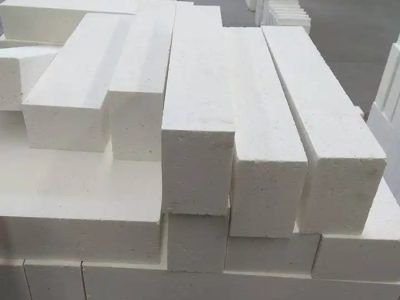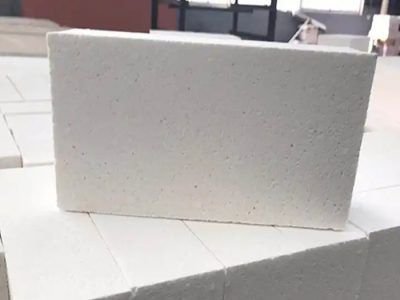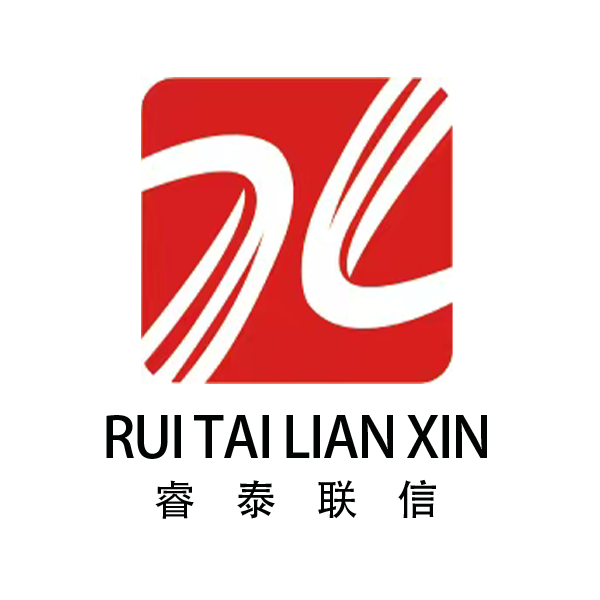In the steel, glass, ceramic and other industries, there is a kind of brick that is “fire-resistant”, which is silicon corundum brick.
1.What are silicon corundum bricks?
Silicon corundum brick is a high performance refractory material with alumina and trace silicon dioxide as the main components. It is typically composed of corundum (α-Al₂O₃) and mullite (3Al₂O₃·2SiO₂) phases.

This brick is typically manufactured through high-temperature sintering or electric melting. It has a high bulk density and low porosity, and its exterior is typically light gray or off-white.
Compared with ordinary refractory bricks, it has a higher ratio of aluminum to oxygen bonds and a denser crystal structure. For this reason, it is known as a “super refractory material” and is widely used in high-temperature fields.
2.Four “hard-core” features
Good high temperature resistance
The load softening temperature of silicon corundum bricks is above 1700℃, which can be used for long-term maintenance at the hot tuyere of blast furnace.
Strong resistance to chemical corrosion
It has a large wetting angle for molten iron, alkali vapor and silicate slag, and a low chemical reaction rate.

Excellent high-temperature strength
Its room-temperature compressive strength is typically higher than 100 MPa, equivalent to one square centimeter being able to withstand a one-ton weight without breaking.
Excellent thermal shock resistance
It can withstand 1100°C water cooling cycles for more than 40 times and is not prone to chipping or cracking during sudden temperature changes.
3.Typical application scenarios
Firstly, it is used in the steel smelting industry, generally used in the hearth and ceramic burners of blast furnaces with a capacity of more than 3200 m³.
The second most common application is glass melting furnaces. Silicon corundum bricks are typically used in areas of glass melting furnaces where erosion is most severe. For example, feed ports and bridge piers.
Then comes petrochemical cracking. Silicon corundum bricks can also be used for the bottom lining of ethylene units to resist the dual erosion of high-temperature oil and gas and coke.
In addition, there is also pulverized coal gasification. In the throat of the gasifier, the bricks also face the dual test of resisting slag and high-speed erosion.

Of course, no matter how excellent its performance is, if the brick size deviation is large and there are many internal cracks, it will inevitably compromise under high temperature.
Therefore, when purchasing silicon corundum bricks, we should not only consider the hard indicators, but also the refractory brick suppliers. Only in this way can its value be brought into play and the safety of the kiln be guaranteed.
